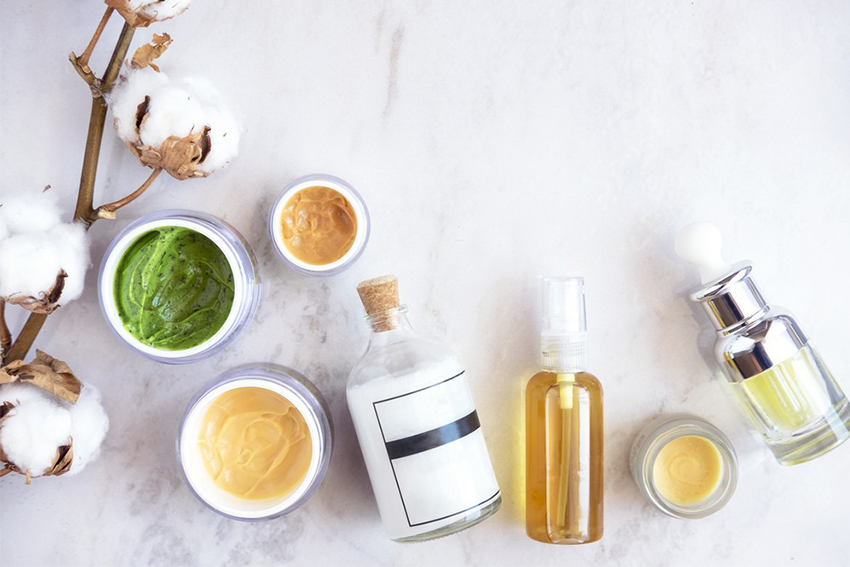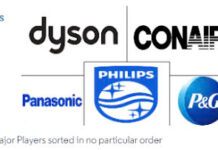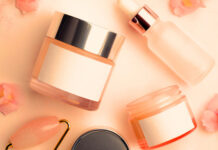The cosmetics and personal care industry may be massive, but it’s still on an upward trajectory with opportunities for growth in many different product categories, from skin care to make up.
In 2018, the global beauty and personal care market experienced its highest growth yet since 2015, according to data from Euromonitor International. Although some areas of the world such as Western Europe saw flat value gains, other market regions such as Latin America and Asia expanded at a fast pace.
Looking ahead to 2020 and beyond, market research analysts have identified five influential trends that are expected to reshape the beauty market.

1. A Different Perception of Premium
How beauty brands market products to consumers is shifting. Health and ethical claims are the new status symbols, eclipsing an outdated emphasis on vanity and luxury. Categories aligned with wellness trends are expected to profit in the future, as more and more consumers seek to improve their overall wellbeing in many different areas of their lives.
2. A Shift in Focus to Skincare
The prioritization of health and wellness goals has shifted product sales in the U.S. Body care has benefited from the healthy living trend, while color cosmetics have increasingly fallen by the wayside. Skincare experienced stronger than expected growth in 2018, including double-digit growth in face masks, toners, basic moisturizers, and cleansers.
3. The Rise of “Geographic Hotspots”
A move toward country-branded beauty has also gained steam, and the “made in” stamp on cosmetics products allows brands to capitalize on their own cultural associations. Globalization and renewed interest in travel and culture helps drive this influential beauty trend.
Korean beauty, also known as “K-beauty,” initially led the way with a 10-step skincare regime. Analysts from Euromonitor note that other beauty hotspots are also becoming increasingly popular, including Scandinavia, Australia, and Japan.
4. New Emphasis on the Male Segment
Women account for 90% of beauty and personal care value sales, according to Euromonitor. However, growth in men’s grooming is expected to speed up in the coming years, and cosmetics companies are working to capture this segment by releasing new skincare lines that cater to this demographic.
One marketing approach is to align brands with values related to mental wellbeing, prevention, and self-care. Men rate mental wellbeing as the most important health factor, as opposed to the absence of disease. At a time when stress is considered one of the biggest threats to human health, addressing this pain point is a big opportunity for product marketers to stand out.

5. The Debate Over Natural and Synthetic Ingredients
Consumers have become engulfed in buzzwords and labels that increasingly polarize natural and synthetic ingredients. Although natural ingredients are often positioned as the healthier, better choice, formulation experts understand that both categories of ingredients are essential for making effective and safe cosmetics and personal care products.
About 24-30% of the personal care and cosmetics ingredients market is made up of natural ingredients, while 70-75% is synthetic, according to a report by Frost & Sullivan. The challenge now is to address the confusion consumers have about different types of ingredients and communicate the unique role both synthetic and natural ingredients play for the efficacy and safety of products.
Source: https://blog.marketresearch.com/




